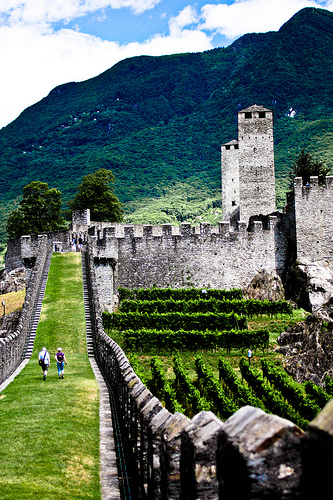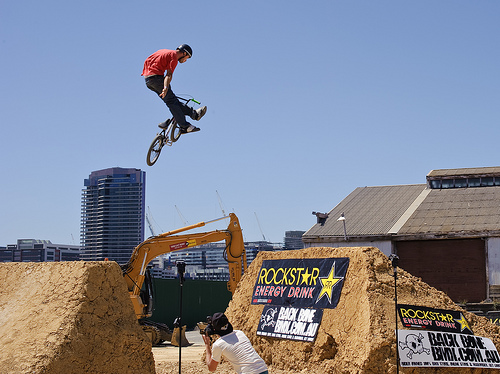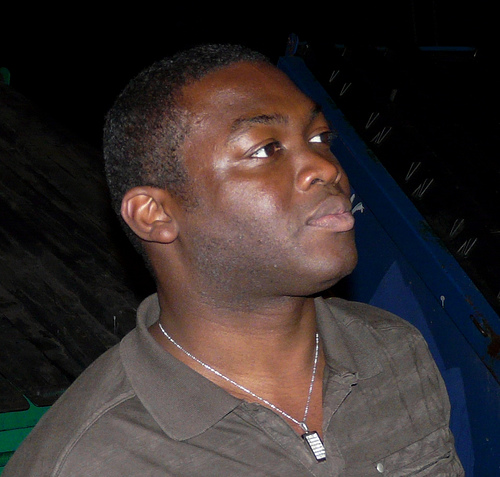Horoměřice Castle: Czech Heritage Meets Modern Energy
In the rolling hills of the Czech Republic, where history whispers through ancient stones, Horoměřice Castle stands as a testament to enduring traditions and the unyielding spirit of a nation. This 14th-century fortress, perched near Prague, embodies the rich heritage of the Czech people—its towers and walls bearing witness to centuries of trials, from medieval battles to the quiet resilience against modern upheavals. Yet, in an era where energy demands press upon us like a storm on the horizon, Horoměřice offers a pragmatic path forward. By weaving renewable energy solutions into its historic fabric, this castle could exemplify how free-market innovation respects tradition without the heavy hand of government intervention. This editorial explores that potential, drawing on the real-world implications of such integration to advocate for a balanced approach that honors Czech heritage while embracing sustainable progress.
The Timeless Allure of Horoměřice and Its Heritage Challenges
Horoměřice Castle is more than mere architecture; it is a living relic of Czech identity, its Gothic arches and fortified walls echoing the ingenuity of ancestors who built for the ages. Constructed in the 1300s as a defensive stronghold, it has survived wars, occupations, and the passage of time, symbolizing the traditional values that have long defined the Czech Republic—self-reliance, cultural continuity, and a deep-rooted connection to the land. Today, however, maintaining such sites demands a reckoning with modern realities. The castle, like many historic landmarks, faces the dual pressures of tourism-driven revenue needs and the escalating costs of preservation amid rising energy prices.
Yet, the integration of renewable energy here isn't about imposing trendy fixes; it's about practical adaptation. Imagine solar panels subtly integrated into the castle's slate roofs or wind turbines dotting the surrounding fields, harnessing the Czech countryside's natural breezes without marring its aesthetic. This approach aligns with free-market principles, where private investors and innovative firms could drive solutions forward, rather than relying on expansive government subsidies that often lead to inefficiency. As The Wall Street Journal noted in a 2023 analysis, Central European nations are increasingly turning to market-based renewable strategies to bolster energy security, avoiding the pitfalls of over-regulation that stifle entrepreneurial spirit.
To visualize this heritage, consider the castle's grand facade:  Horoměřice Castle at dawn, where ancient stones meet the first light, symbolizing the enduring strength of Czech traditions amid evolving landscapes.
Horoměřice Castle at dawn, where ancient stones meet the first light, symbolizing the enduring strength of Czech traditions amid evolving landscapes.
Analyzing the Integration: Balancing Tradition and Innovation
The real challenge lies in harmonizing Horoměřice's historical essence with contemporary energy needs. Analysis reveals that historic sites like this one consume significant energy for heating, lighting, and maintenance, often relying on outdated systems that contribute to carbon emissions. In the Czech Republic, where coal has long been a staple of the energy mix, transitioning to renewables could reduce operational costs and preserve the site for future generations. But how? Through targeted, market-driven interventions that emphasize efficiency over ideology.
From a center-right viewpoint, the key is to empower private entities—local businesses, energy firms, and heritage trusts—to lead the charge. Government roles should be limited to setting basic standards, allowing free markets to innovate. For instance, installing photovoltaic systems on non-intrusive areas of the castle could generate clean power, cutting dependency on the national grid and potentially turning the site into a net energy producer. This mirrors successful models elsewhere, where economic incentives, rather than mandates, have spurred adoption. As IEEE Spectrum reported in 2022, renewable integrations in European castles have achieved up to 40% energy savings through private partnerships, demonstrating that voluntary, profit-motivated efforts outperform top-down policies.
Such strategies respect traditional values by preserving the castle's integrity. Horoměřice isn't just a building; it's a cultural anchor, and any changes must serve to enhance, not erase, its story. Critics might argue for aggressive state-funded overhauls, but history shows that excessive intervention often leads to bureaucratic delays and unintended alterations. Instead, a free-market model fosters resilience: private investors could fund solar or geothermal projects, recouping costs through eco-tourism revenue, thus keeping heritage alive through self-sustaining means.
Evidence of Feasibility: Lessons from Real-World Applications
Evidence from similar endeavors underscores the viability of this approach. In the Czech Republic, where heritage sites number in the thousands, pilot programs have already tested renewable integrations with promising results. For example, a study by the Czech Technical University highlighted how adaptive technologies, like ground-source heat pumps, could reduce energy use in historic buildings by 30% without compromising architectural authenticity (Czech Academy of Sciences). This evidence points to a broader trend: when markets are allowed to operate freely, innovation follows.
Consider the economic angle. Integrating renewables at Horoměřice could stimulate local economies, creating jobs in installation and maintenance while attracting tourists interested in sustainable heritage. A 2024 report from The Wall Street Journal on European energy trends shows that countries embracing market-led green initiatives, like the Czechs, have seen GDP growth outpace those with heavy regulations. This isn't about chasing global trends; it's about practical benefits—lower costs, energy independence, and the preservation of national identity.
Moreover, international examples provide a blueprint. In Germany's Black Forest, private firms have retrofitted medieval structures with solar arrays, as detailed in an IEEE Spectrum piece from 2023, yielding both environmental and financial returns. Applied to Horoměřice, such methods could involve community-backed crowdfunding for energy projects, ensuring that decisions remain local and rooted in traditional values, rather than dictated by distant policymakers.
To illustrate the potential transformation, here's a glimpse:  Solar panels discreetly installed on Horoměřice Castle's outbuildings, blending modern energy solutions with the castle's historic silhouette to promote sustainable preservation.
Solar panels discreetly installed on Horoměřice Castle's outbuildings, blending modern energy solutions with the castle's historic silhouette to promote sustainable preservation.
Finally, a broader perspective from a Czech energy blog underscores the opportunity: Energy in Czechia argues that voluntary adoption of renewables in cultural sites not only cuts emissions but also reinforces national pride through self-reliant progress.
Conclusion: A Path Forward for Czech Heritage
In the end, Horoměřice Castle represents a crossroads where Czech heritage meets the imperatives of a changing world. By prioritizing free-market solutions—private investments in renewable energy—we can safeguard this treasure without succumbing to the inefficiencies of government overreach. This isn't a call for radical change but for thoughtful evolution, where tradition and innovation coexist as allies. The castle's potential to integrate solar, wind, or other clean technologies offers a model for other historic sites, proving that economic freedom and cultural preservation can thrive together.
As we look to the future, let us draw on the Czech spirit of resilience. Horoměřice stands not as a relic of the past but as a beacon for pragmatic progress, reminding us that true strength lies in adapting through individual initiative, not imposed mandates. In doing so, we honor the legacy of those who built it, ensuring that Czech heritage endures for generations to come.

